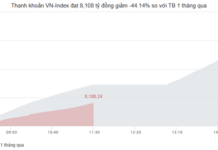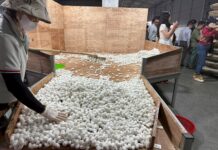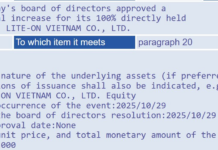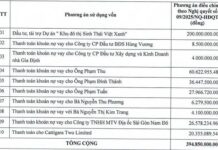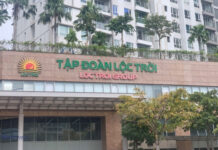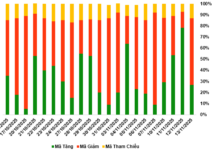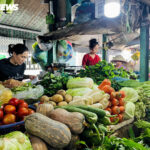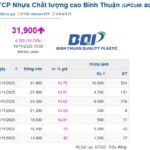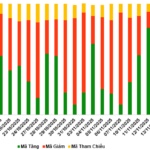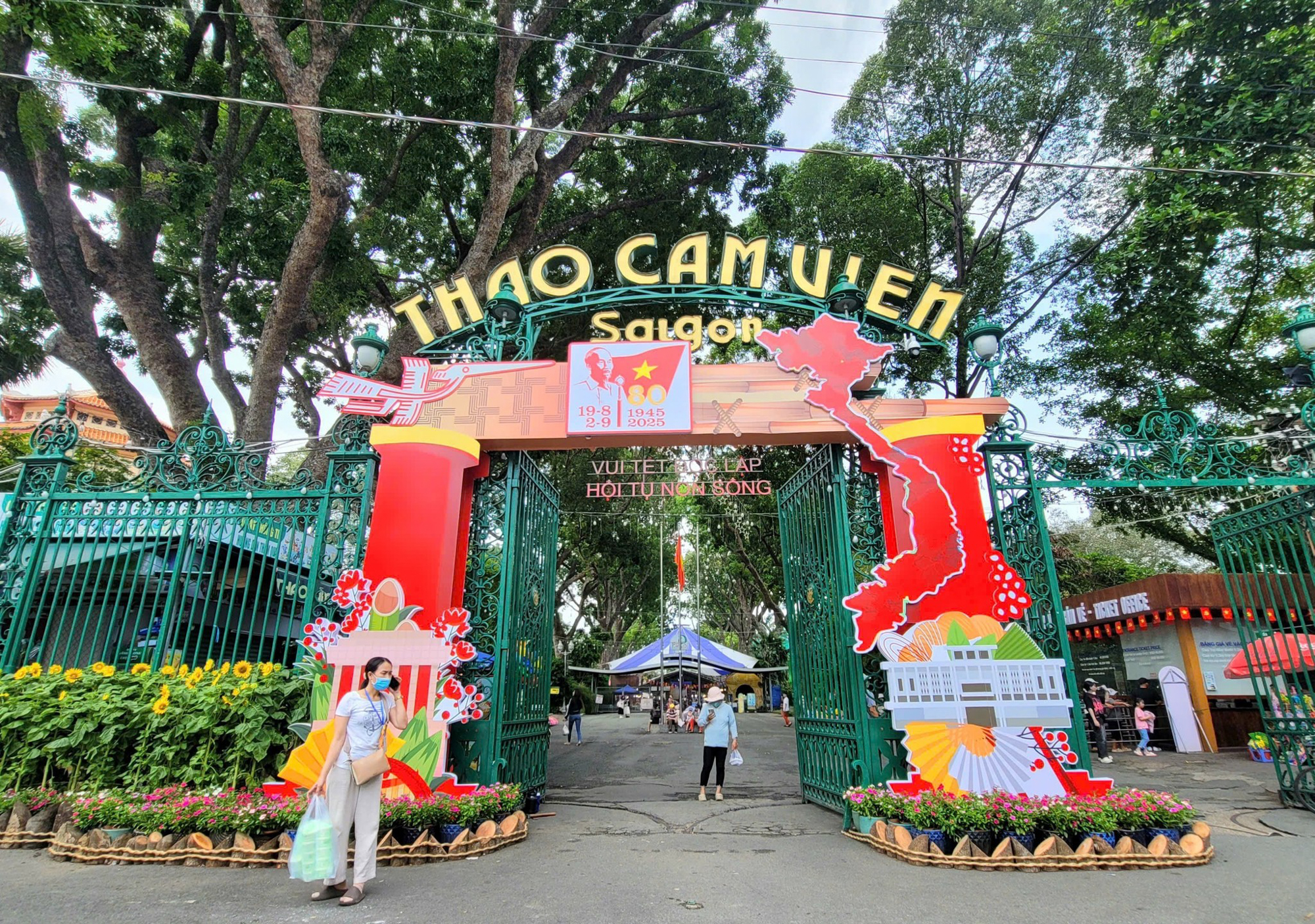
As a cherished landmark for generations of Saigon residents, the Saigon Zoo and Botanical Gardens has been a cultural and ecological icon in the heart of Ho Chi Minh City for over 160 years. Photo: SZG.
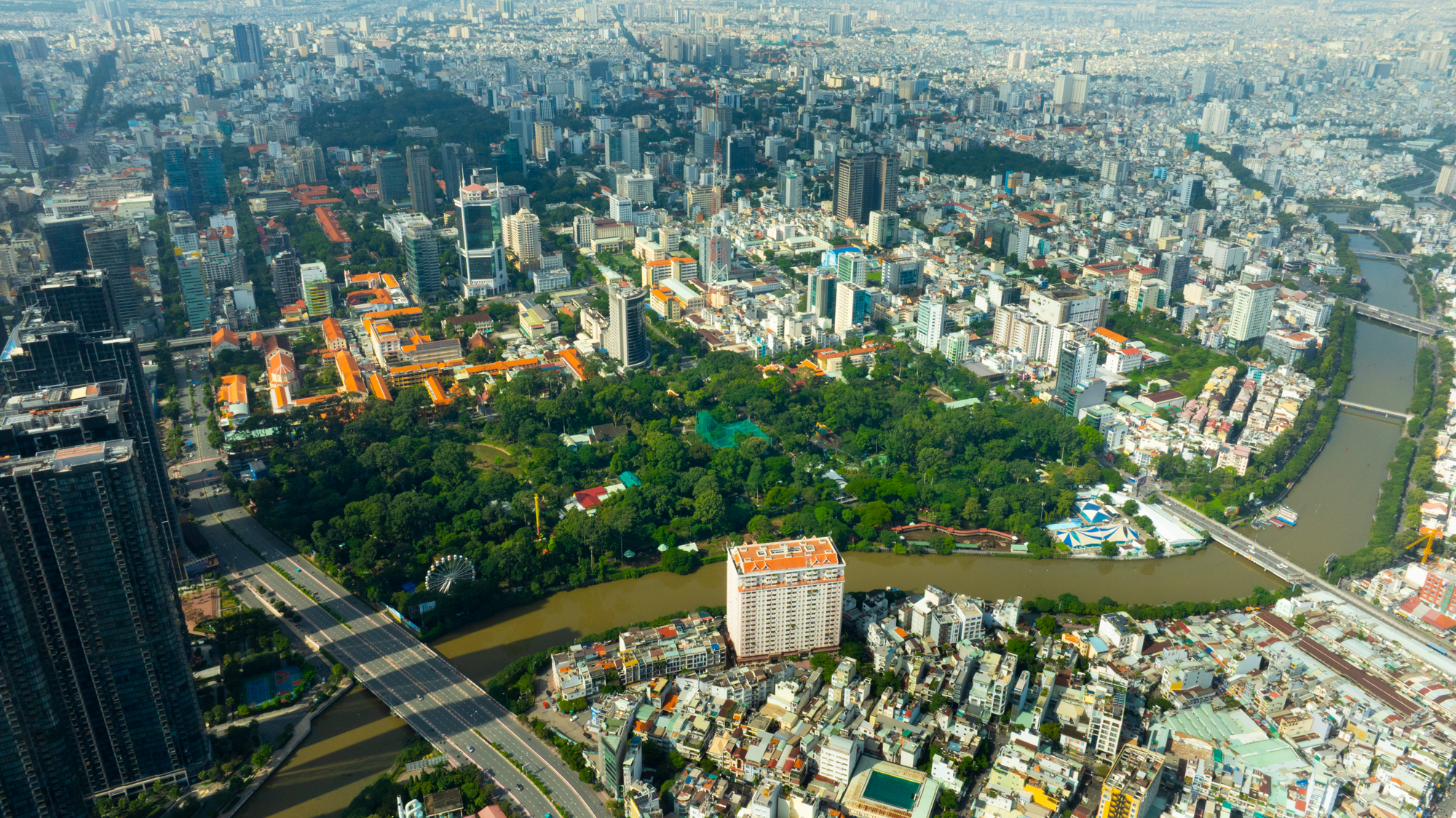
Spanning nearly 17 hectares, the park serves as both a conservation site for rare flora and fauna and a recreational and educational hub for millions of locals and tourists annually. Photo: Quoc Hoang.
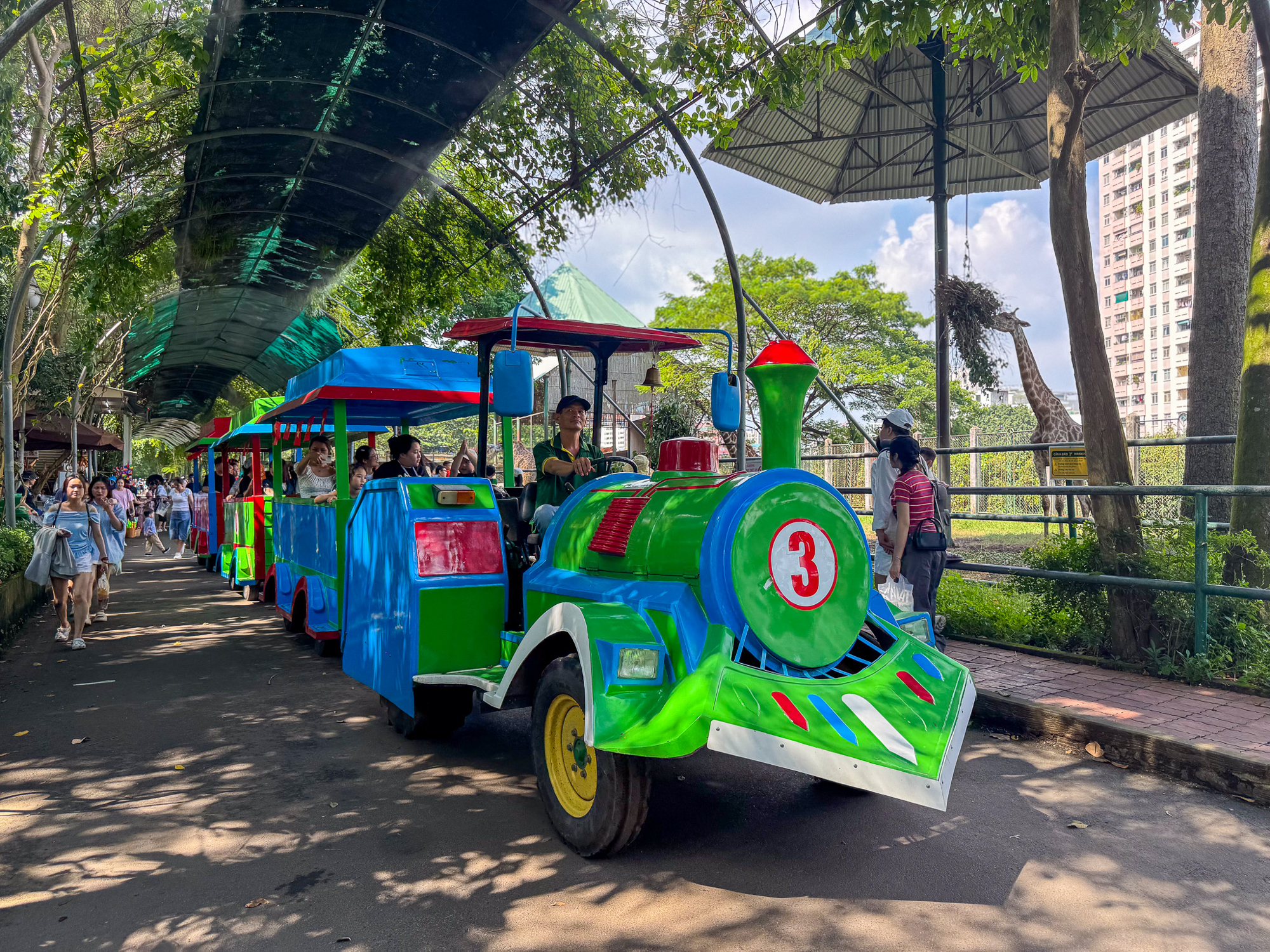
However, between 2020 and 2024, the zoo faced a land rental debt exceeding 846 billion VND, with 787 billion VND overdue. Coupled with a post-pandemic visitor decline, the institution teetered on the brink of closure.

In early 2025, Ho Chi Minh City revised its land policy, significantly alleviating the financial burden. The city transitioned from leasing to allocating over 96% of the land, charging rent only for the remaining 4% used for commercial purposes, such as parking, food stalls, and game areas.
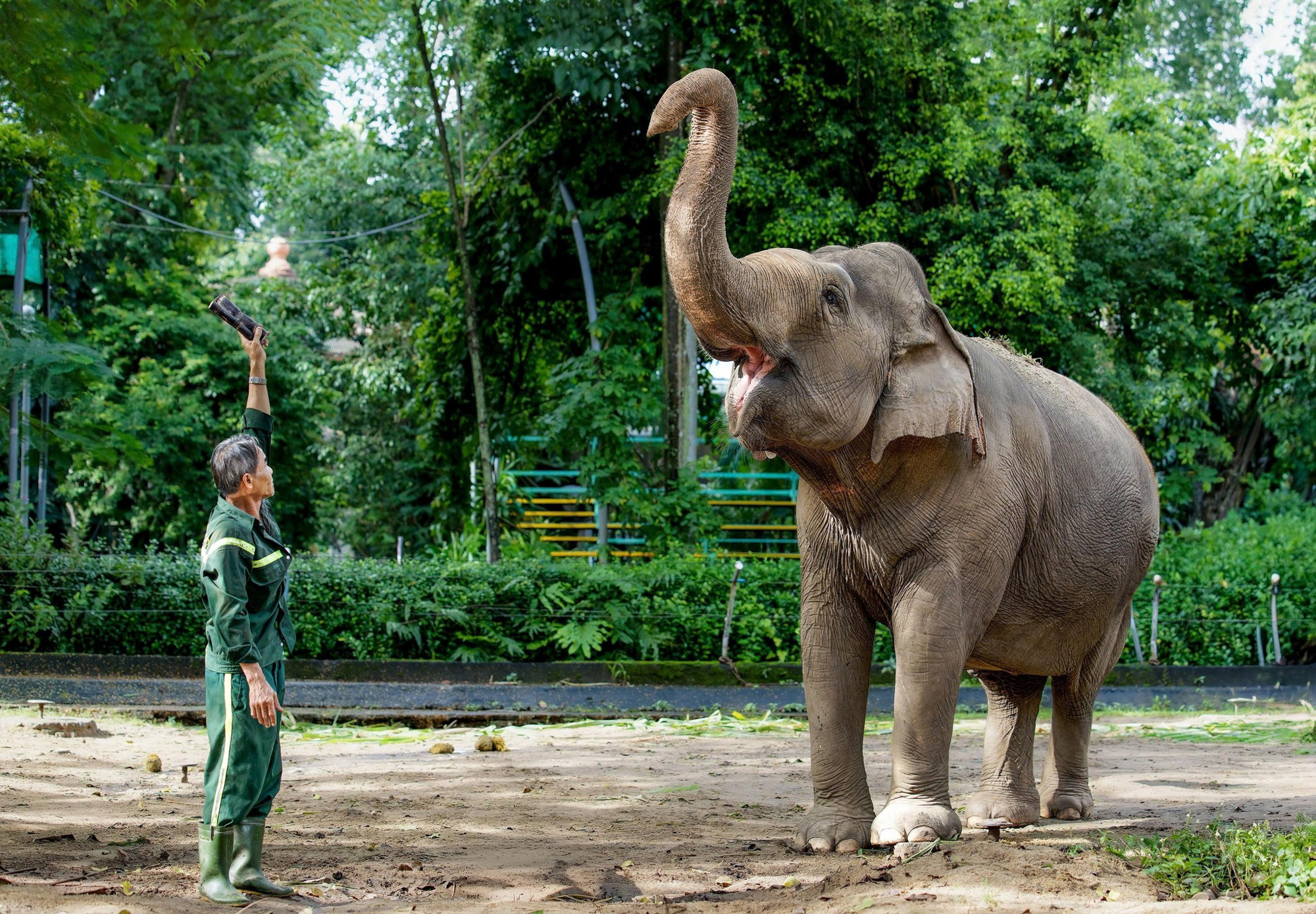
As a result, the zoo reported a profit of nearly 5 billion VND in the first nine months of the year, a 12% increase year-on-year. Revenue reached nearly 122 billion VND, up 13%, with over 1.5 million visitors.

Ticket sales generated 78 billion VND, accounting for over 60% of total revenue, while food, electric trains, and games contributed over 20 billion VND.
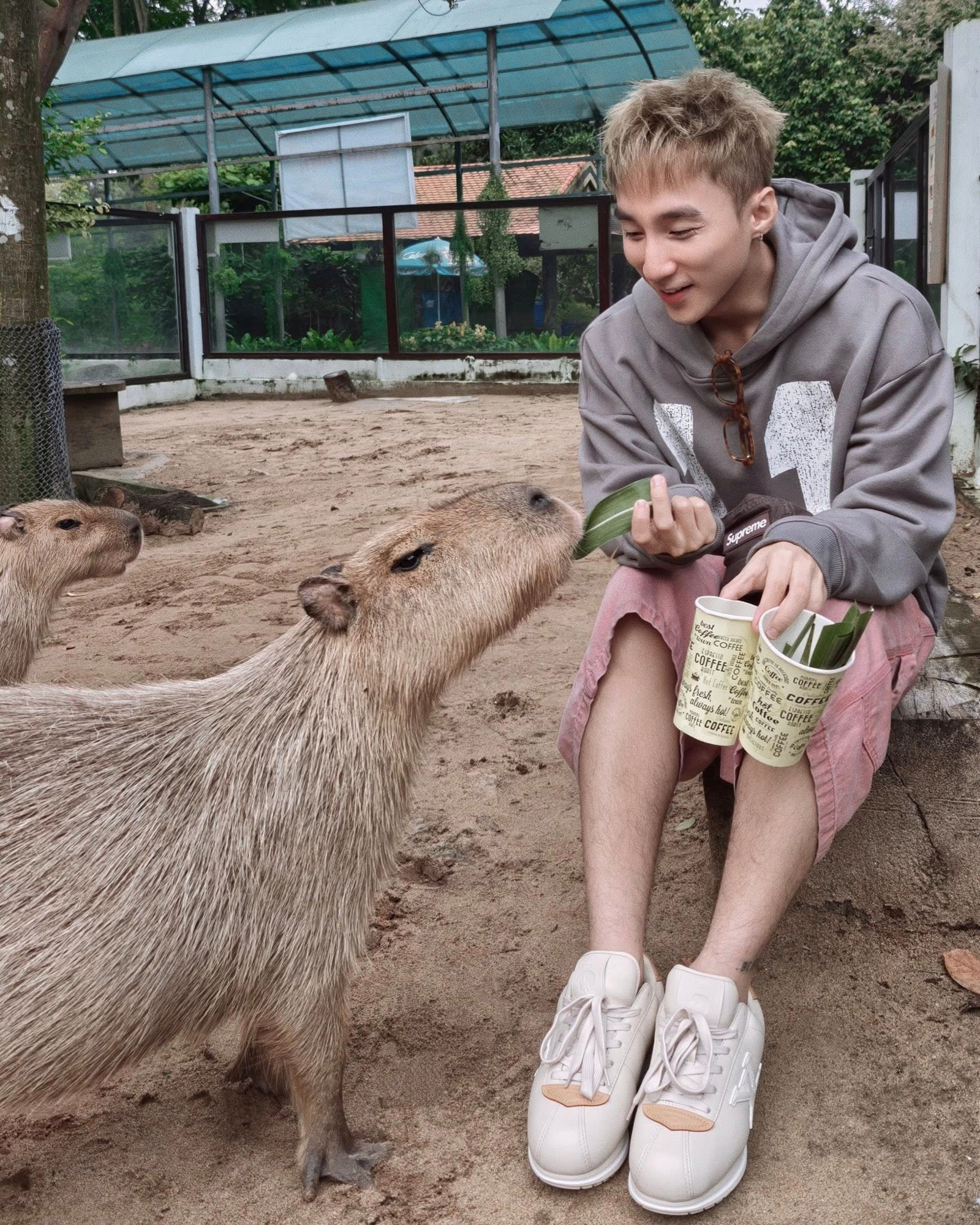
The zoo frequently hosts engaging events, such as the natural breeding of flamingos after nearly 20 years, the birth of a hippo calf, and the launch of night tours. Notably, four capybaras introduced earlier this year have become a sensation, attracting young visitors and celebrities alike. Last month, singer Son Tung M-TP interacted with the capybaras.
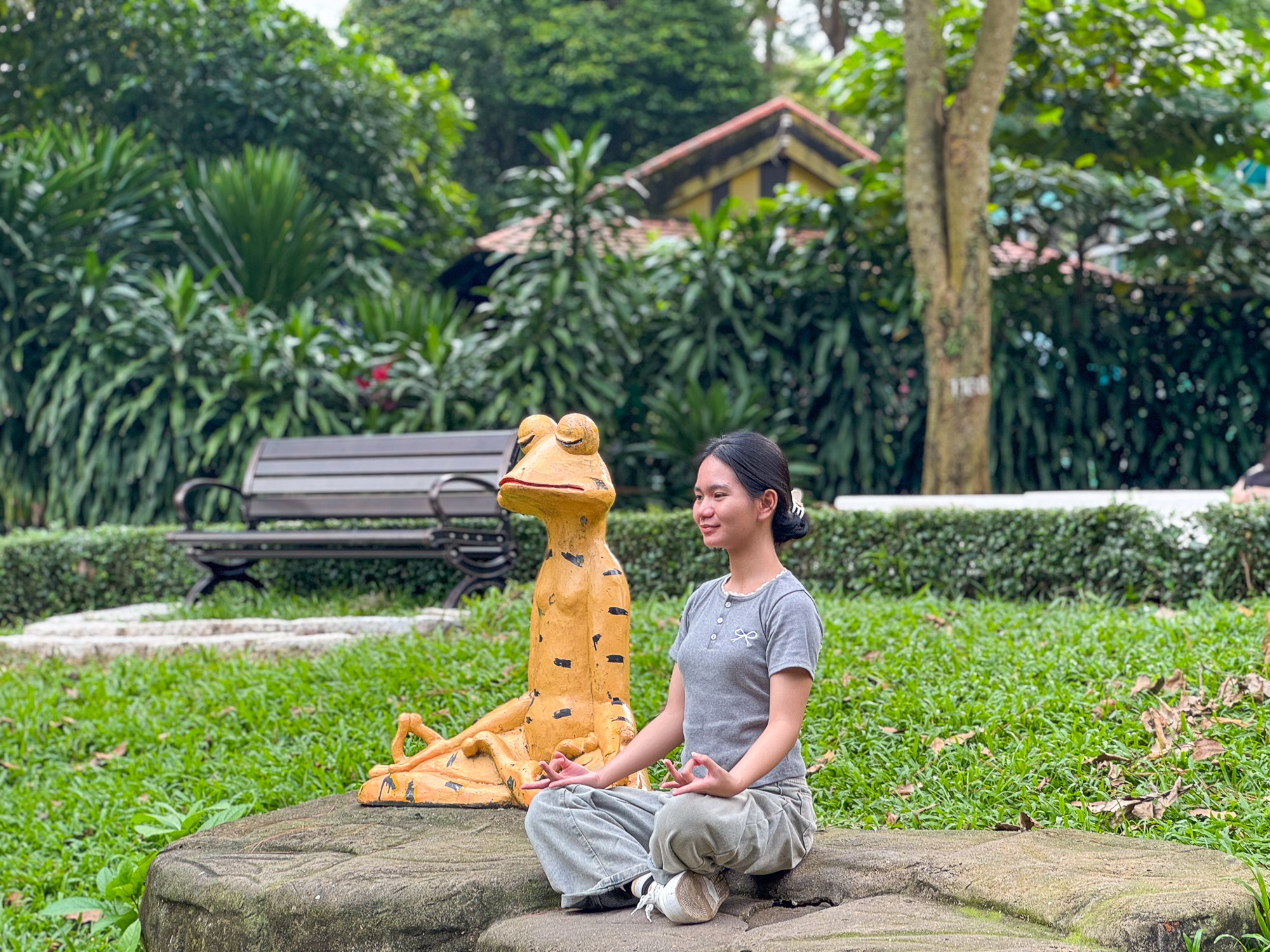
Visitor Van shared, “Today, my family and I came to find the spot where Son Tung took his photo for a fun check-in. I was pleasantly surprised by the cool, breezy atmosphere and the numerous beautiful photo spots.”
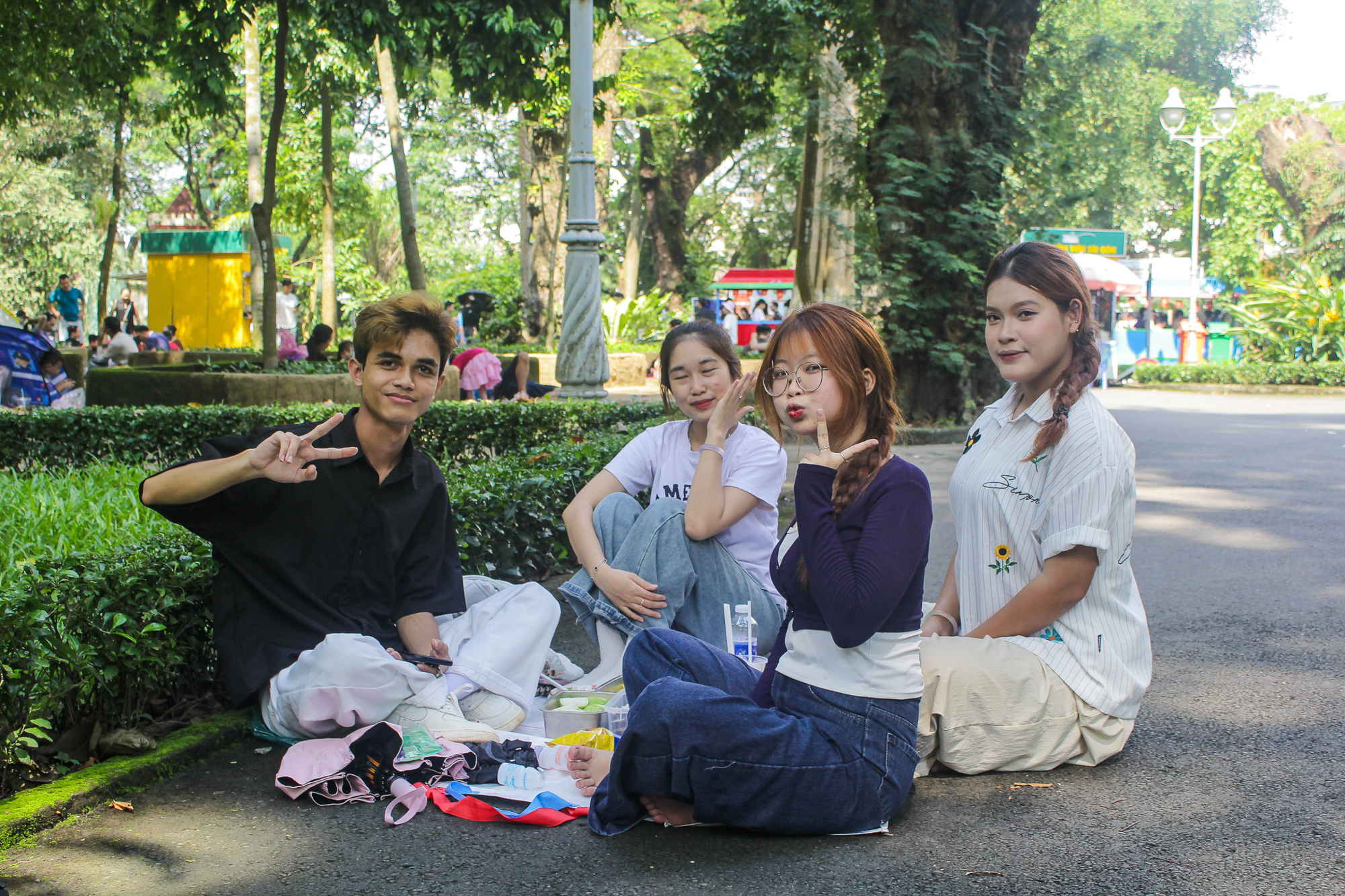
Tri, representing a group of friends, mentioned, “This is our first visit to the zoo, as it’s currently very popular. The lush greenery and pleasant atmosphere are impressive. We heard about the flamingos breeding naturally, so we wanted to see it for ourselves.”
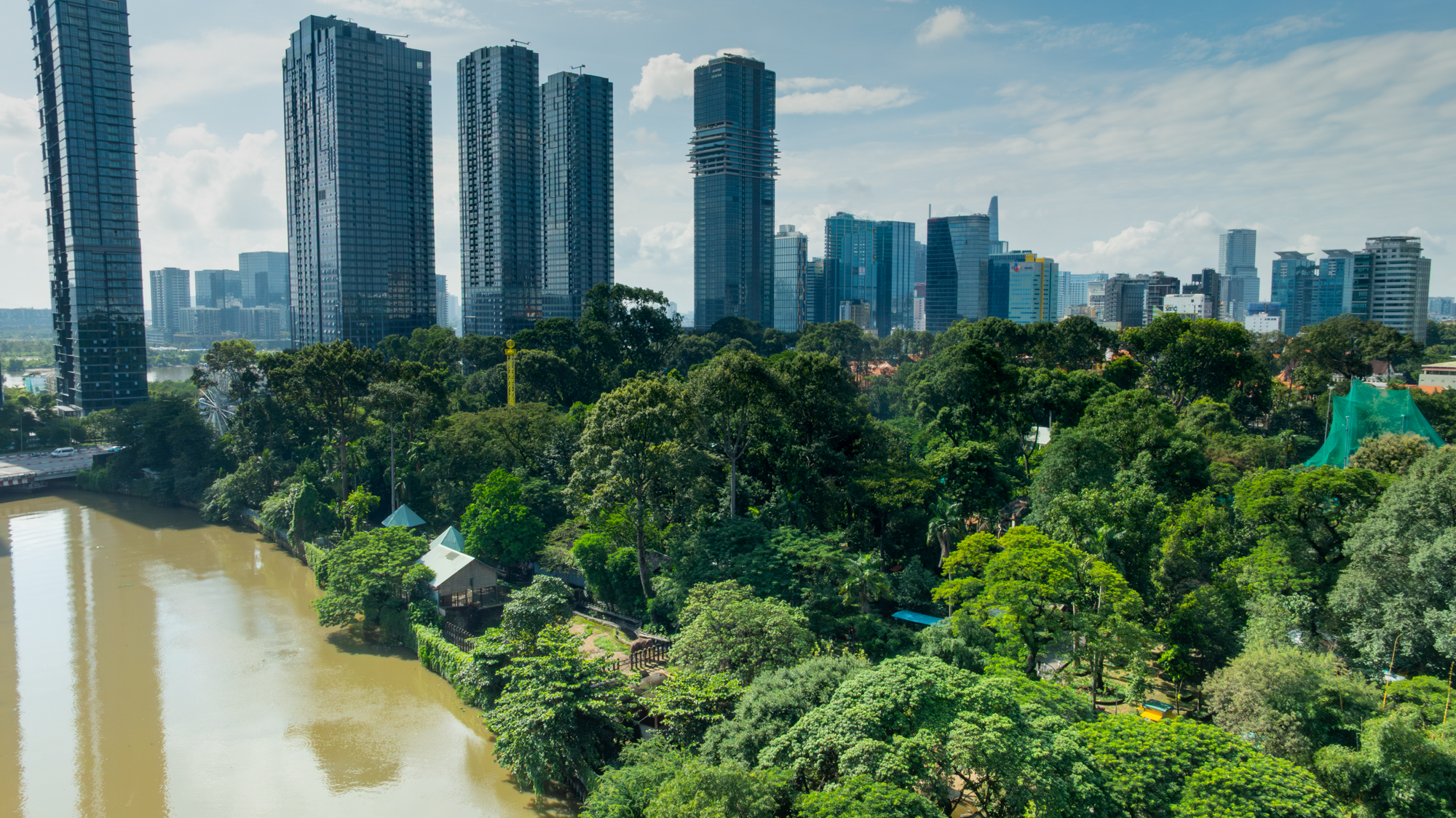
Nam, a resident of Binh Thanh District, noted, “The prices for food and drinks here are quite reasonable and clean. On weekends, I often bring my children here for camping, animal watching, and playing on the lawn.”

Tam’s family, from Go Vap District, shared, “Occasionally, we visit to show our child the animals and relax in the lush, cool environment right in the city center.”

Established in 1864, the Saigon Zoo and Botanical Gardens is located at 2 Nguyen Binh Khiem Street, Ben Nghe Ward, District 1, at the intersection of Le Duan and Nguyen Thi Minh Khai Streets, opposite the Independence Palace. It is considered one of the city’s greenest and most historically significant areas.

The zoo currently cares for over 2,000 individuals from 135 animal species, including many endangered species listed in Vietnam’s Red Book, such as gray-shanked douc langurs, red junglefowl, golden-cheeked gibbons, and clouded leopards. It also houses over 2,500 ancient trees and 900 plant species, many of which were planted in the late 19th century.
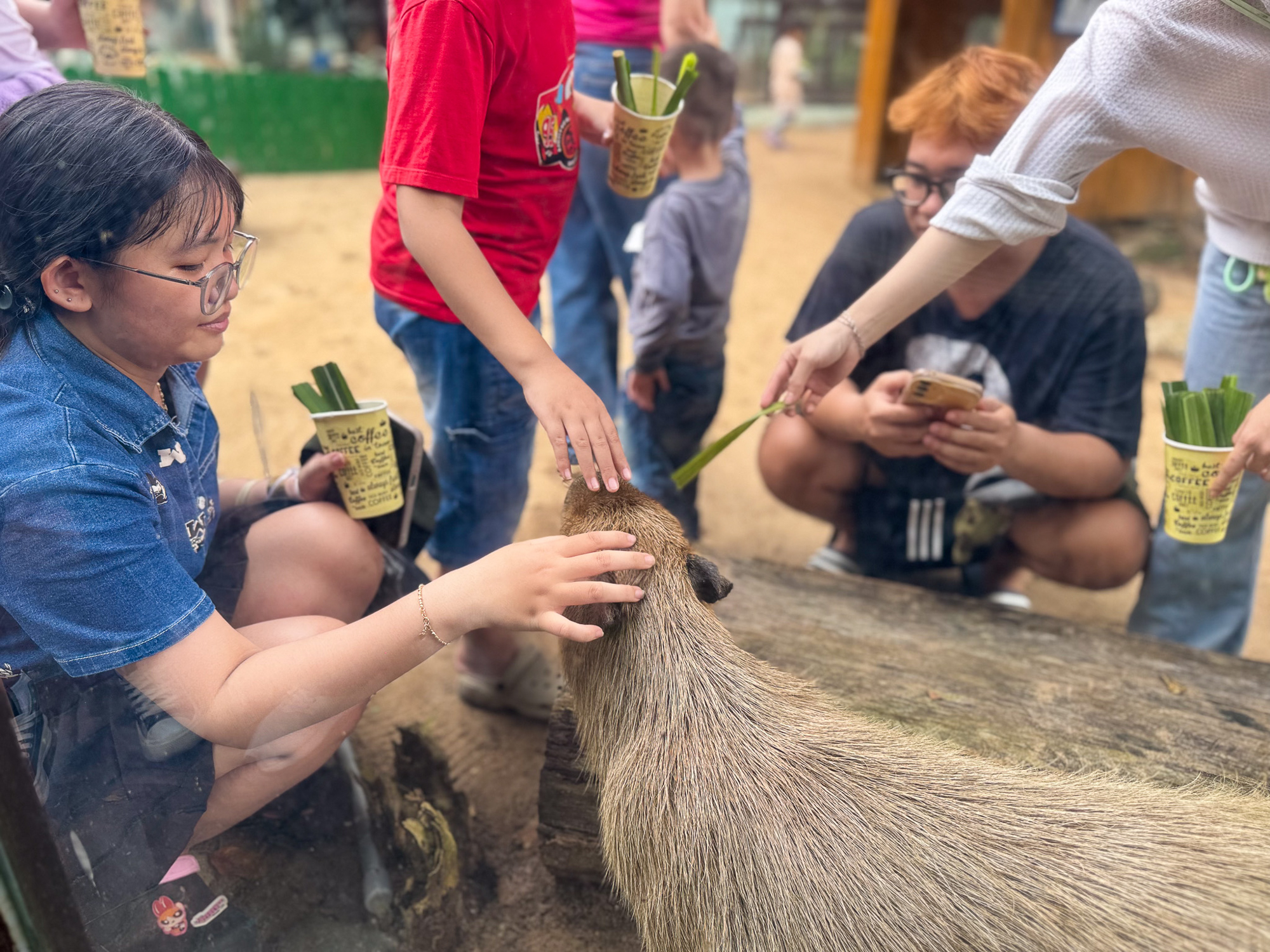
Zoo management aims to transform the facility into a modern zoo-experience-education-conservation model, similar to those in Singapore and Thailand. New initiatives include night tours, a capybara area, a tropical butterfly garden, and children’s educational programs. Photo: The new Capybara Interaction Area.
Infrastructure Boom: Northern and Southern Capital Converges at the Heart of Southeast Vietnam’s Development
The Southern Key Economic Region is redefining its stature by expanding its footprint and robustly developing infrastructure, ensuring it remains the nation’s economic powerhouse in the new era while solidifying its global competitive edge.





